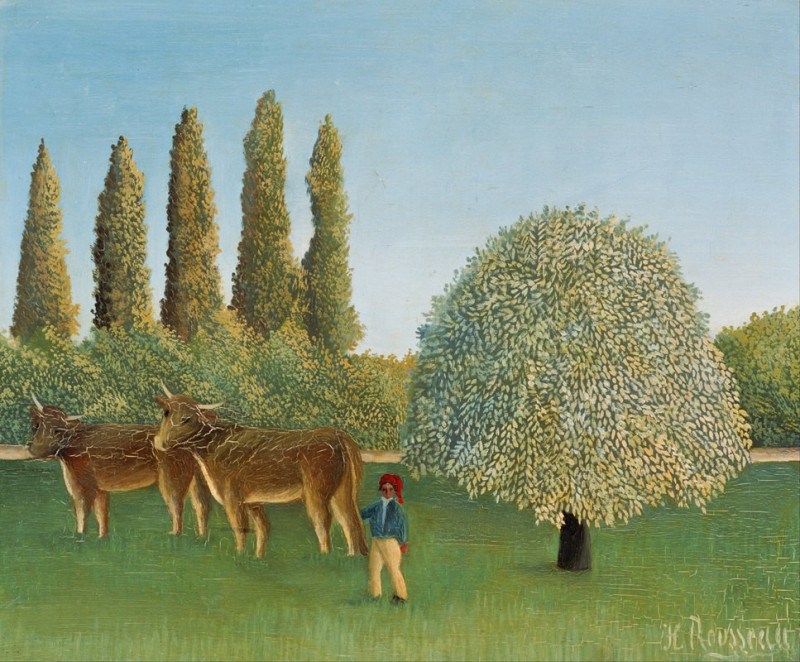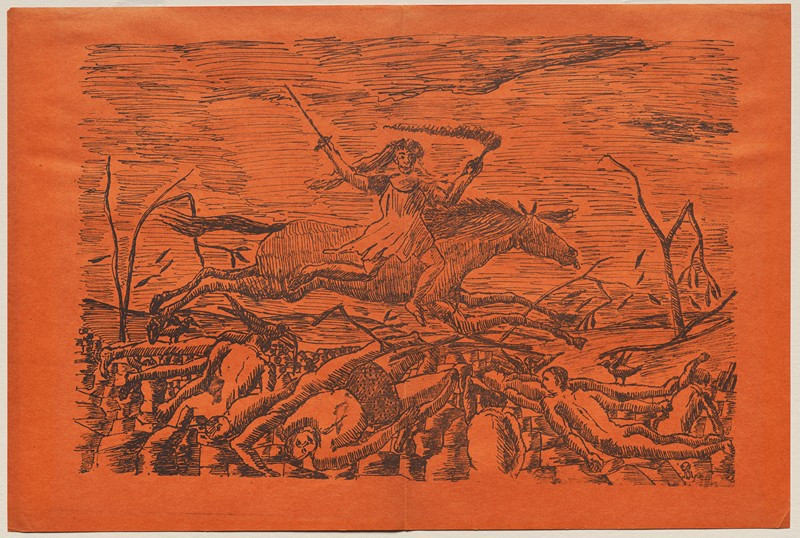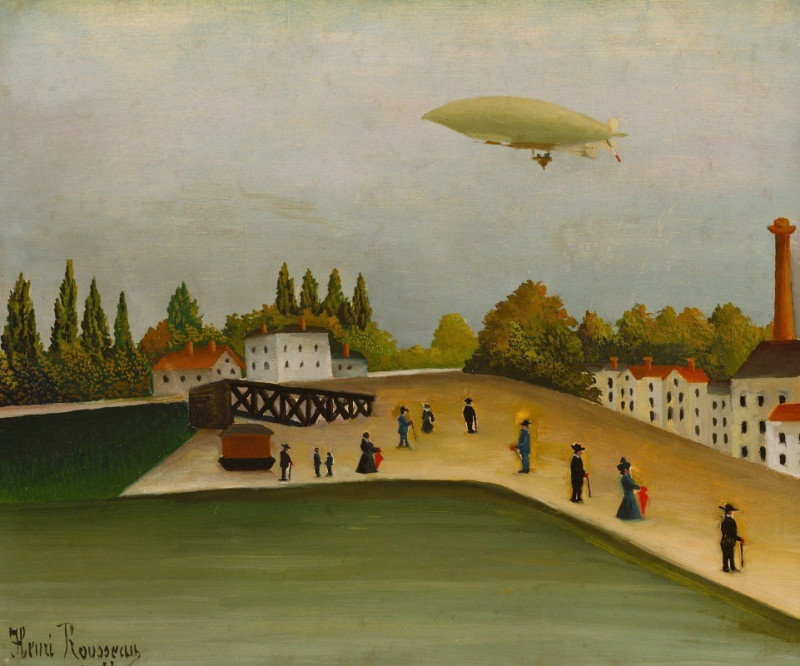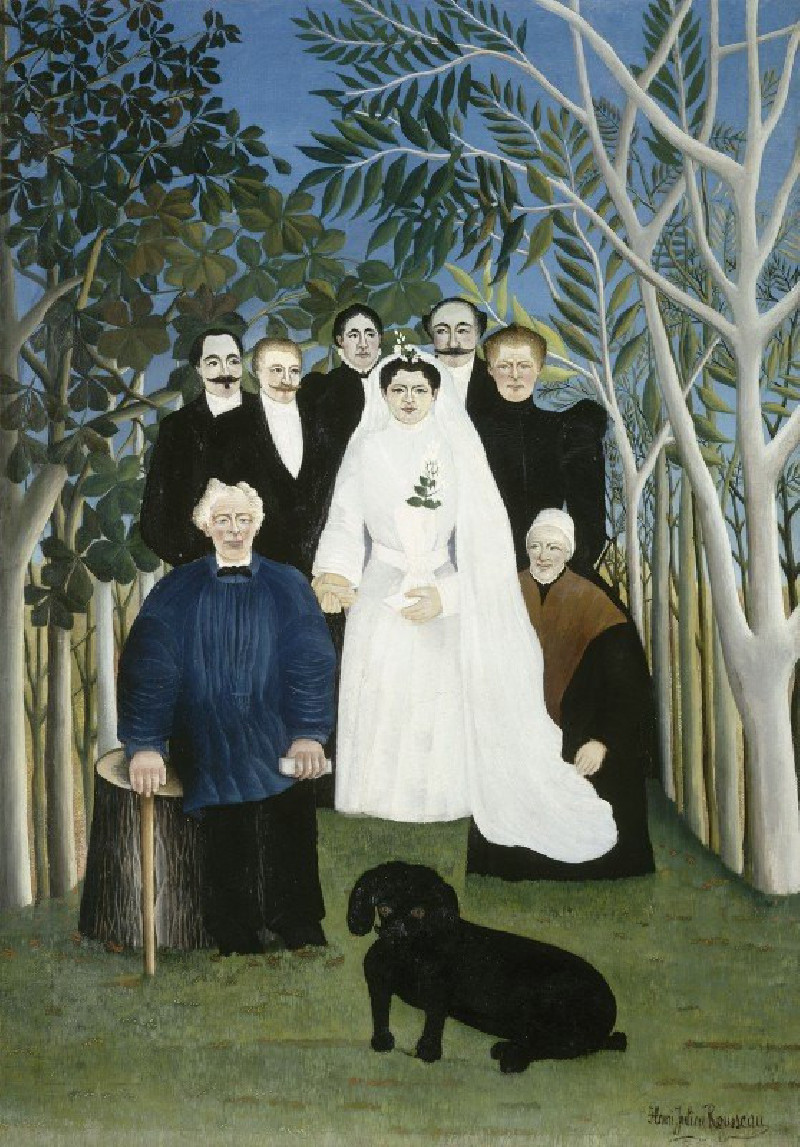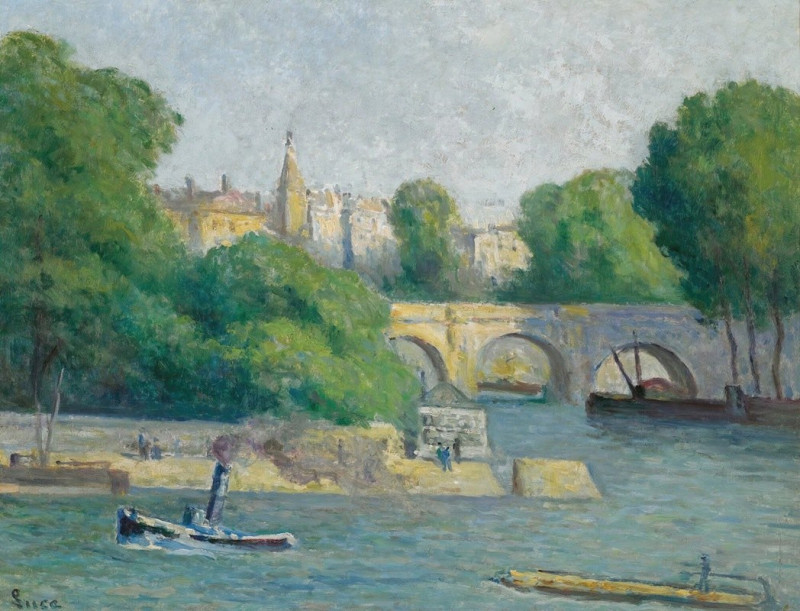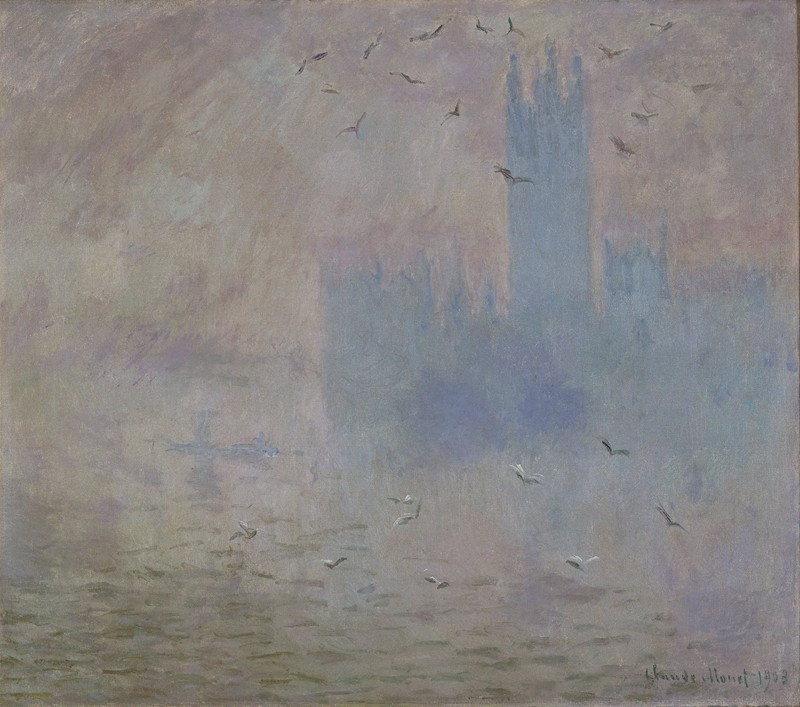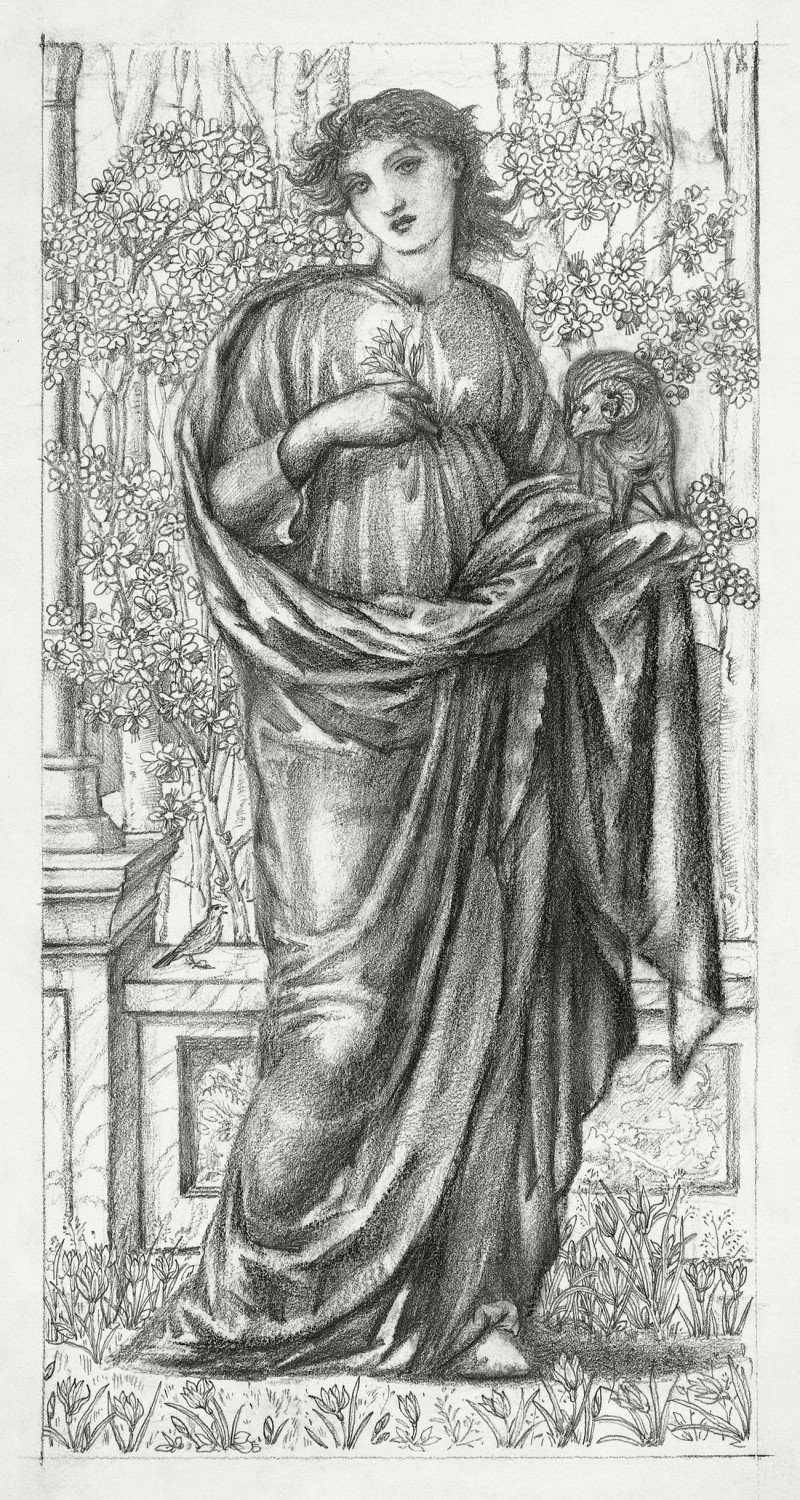The Sleeping Gypsy (1897)
More about this artwork
Delivery
Returns
Despite never attending a formal art school, Henri Rousseau (1844–1910) is wildly recognized as a self-taught genius, who left a lasting legacy to the avant-garde movement. Rousseau practiced painting and drawing by copying artworks in the art museums of Paris in his spare time. Since he never studied anatomy and perspective at an art school, he developed a unique artistic style known as 'Naive' or 'Primitive'. His paintings are often depicted in a childish or dreamlike manner with their vivid colors, ambiguous spaces, and non-realistic scale. Most of his signature paintings portray wild animals or human figures in the jungle. His artwork was not accepted by the conservative critics so he became a member of the Parisian artistic and literary avant-garde movement where his works extensively influenced several generations of avant-garde artists and surrealists.








